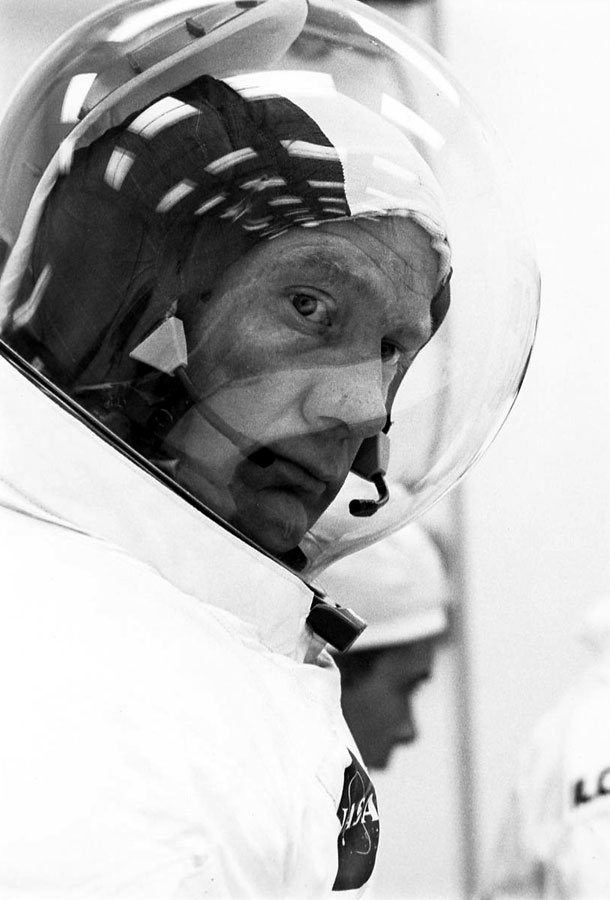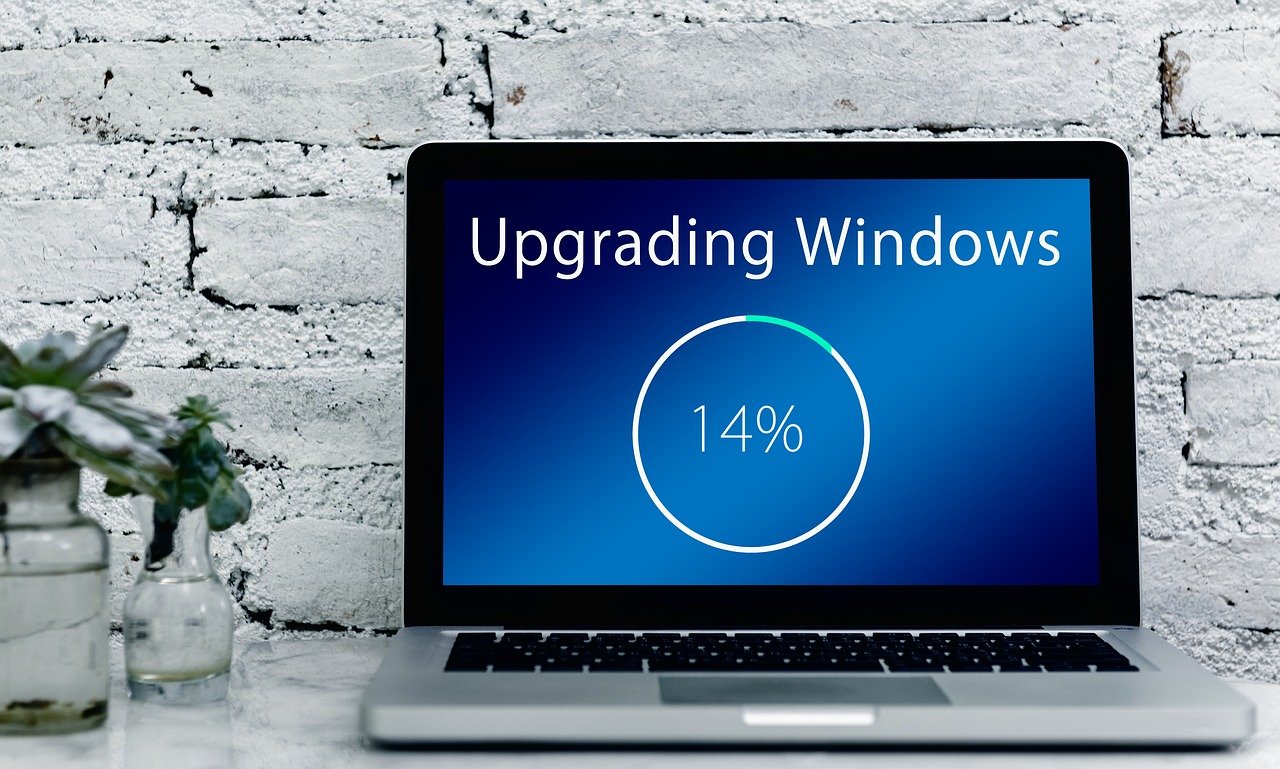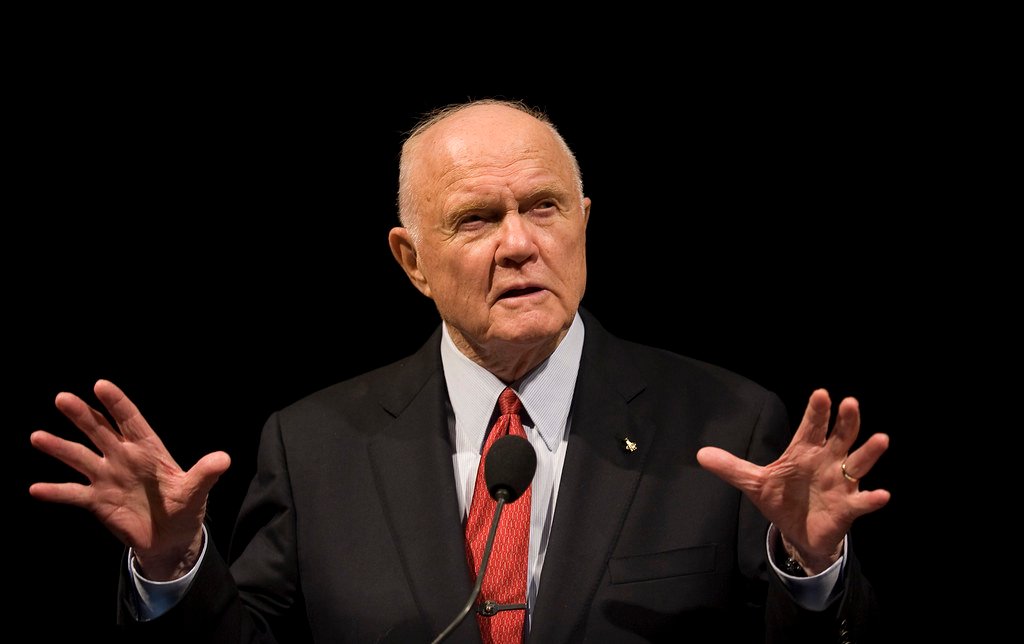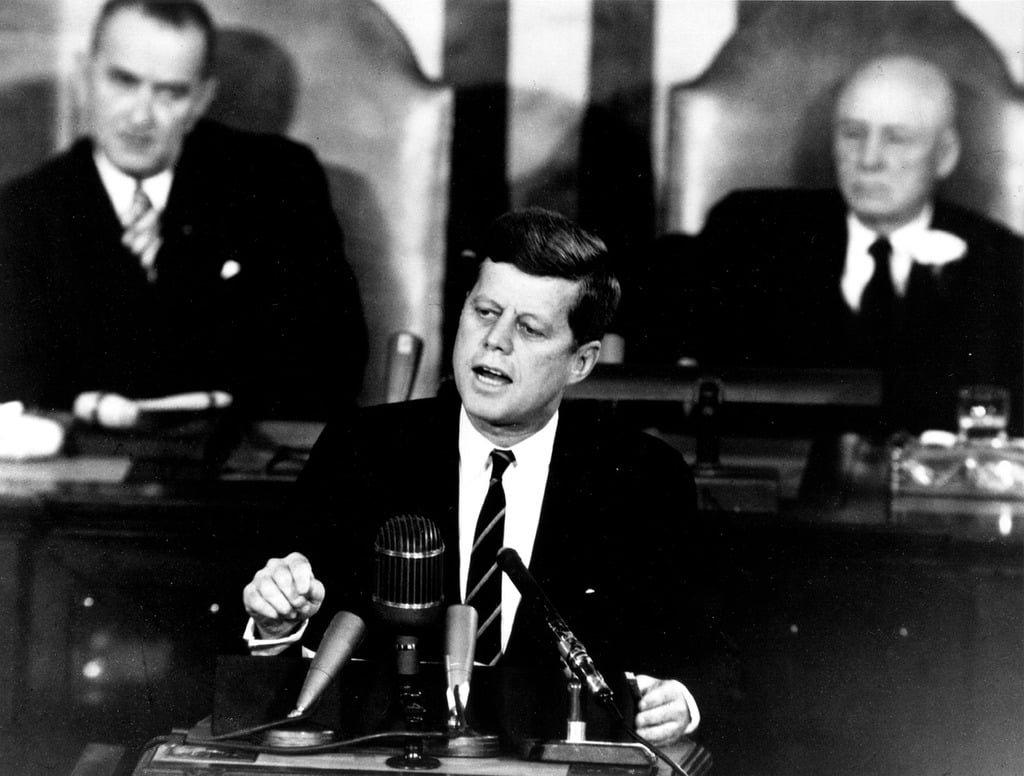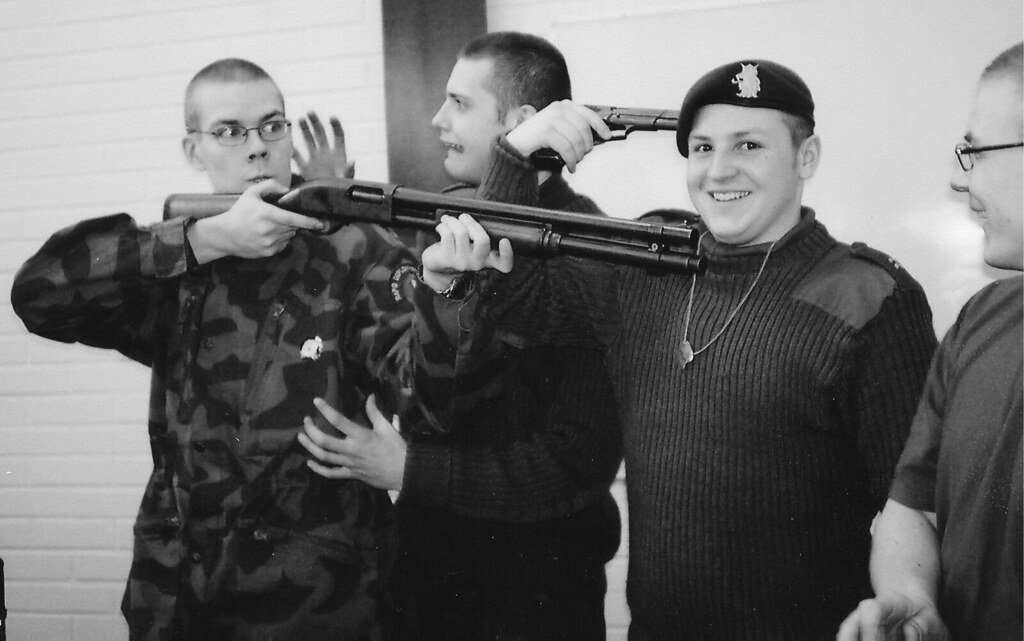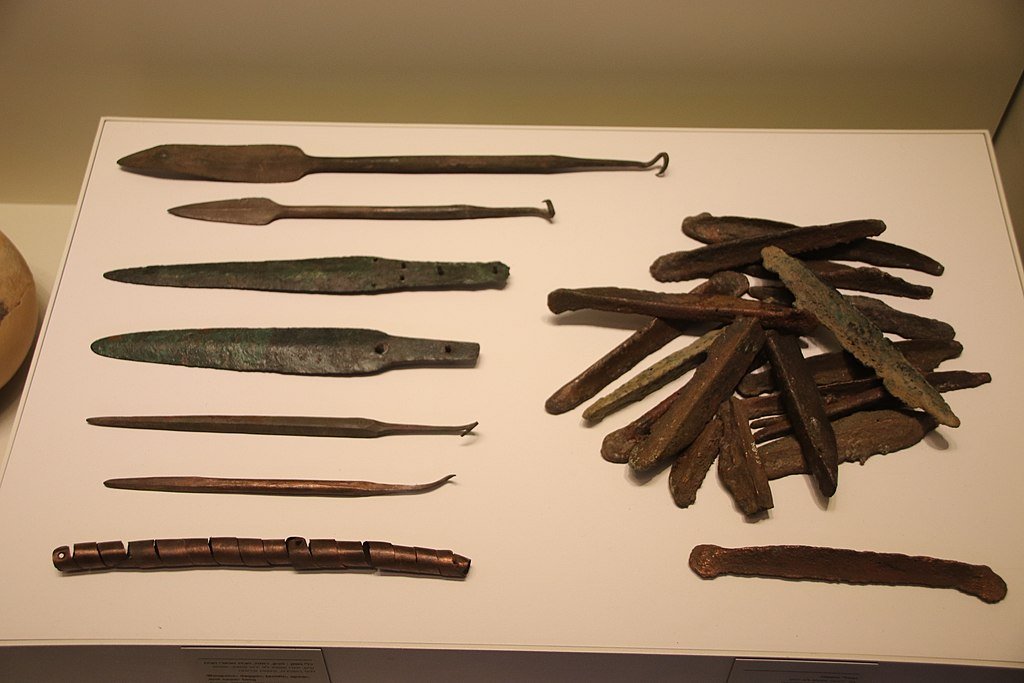In the pages of Cold War history, the term “Missile Gap” holds significant weight, instigating concerns and influencing geopolitical strategies. The perception of a substantial imbalance in missile capabilities between the United States and the Soviet Union during the late 1950s and early 1960s carried far-reaching consequences. However, as time progressed, it became clear that the Missile Gap was more of a myth than a reality. This blog post aims to explore the origins of the Missile Gap, its repercussions, and the lasting impact it has had on global politics.
Table of Contents
Before delving further into the blog, let’s address some fundamental questions:
What is the missile gap theory?
The Missile Gap theory, prominent during the Cold War, suggested a significant disparity in missile capabilities between the United States and the Soviet Union. Emerging in the late 1950s, this belief was fueled by fears that the Soviet Union had surpassed the U.S. in ballistic missile technology. The theory gained traction after the Soviets successfully launched Sputnik in 1957, fostering concerns about America falling behind in the arms race. However, as intelligence data later revealed, the perceived gap was vastly exaggerated, and the U.S. maintained a technological edge in missile development. The Missile Gap theory played a pivotal role in shaping defense policies, strategic considerations, and diplomatic relations during this tense period of global history.

What was the missile gap identified in the 1950s?
During the 1950s, the missile gap emerged as a perceived technological disparity between the United States and the Soviet Union in the realm of ballistic missiles. The genesis of this notion can be traced back to the geopolitical climate of the Cold War, where the Soviet Union’s successful launch of Sputnik in 1957 instilled a sense of urgency and concern in the United States. The prevailing belief was that the Soviets had surged ahead in missile capabilities, posing a potential threat to U.S. national security. This perception gained further traction through political discourse and media sensationalism, culminating in a widespread conviction that the United States was inadequately equipped in comparison to its Cold War adversary.
Fueling the missile gap theory were exaggerated reports and a lack of accurate intelligence, prompting political figures and the media to amplify the perceived threat. The fear of falling behind in the arms race led to increased defense spending and a strategic reassessment of U.S. military capabilities. However, as subsequent intelligence and reconnaissance data became available, it became evident that the missile gap was more imaginary than real. The exaggerated claims fueled a narrative that influenced domestic and international policies, shaping the trajectory of the Cold War and underscoring the importance of accurate intelligence in geopolitical decision-making.
What demonstration of the missile gap was pulled off by the Soviets in 1957?
In 1957, the Soviet Union pulled off a groundbreaking demonstration of its missile capabilities by successfully launching the world’s first artificial satellite, Sputnik 1. This historic event marked the beginning of the space age and had profound implications for the Cold War dynamics. The launch of Sputnik 1 was a technological triumph for the Soviets and a significant propaganda victory. It not only showcased their ability to develop and deploy intercontinental ballistic missiles but also fueled perceptions of a substantial technological lead over the United States.
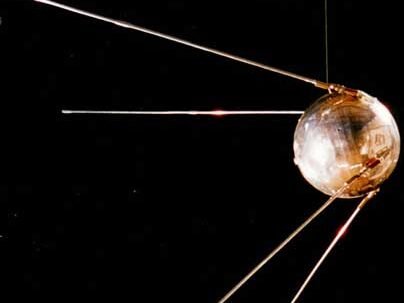
The successful orbiting of Sputnik 1 heightened fears in the United States that it was falling behind in the arms race, contributing to the formulation of the missile gap theory. The event triggered a sense of urgency within the U.S. government to reassess its missile capabilities and invest heavily in research and development to compete with the perceived Soviet advantage. Ultimately, the launch of Sputnik 1 played a pivotal role in shaping Cold War policies and influencing the strategic decisions of both superpowers during the late 1950s and early 1960s.
Now that these questions have been addressed let’s proceed with a closer examination of the Missile Gap and its historical context.
Unveiling the Roots of the Missile Gap
In the late 1950s, amidst the enthusiasm of the Cold War, the genesis of the Missile Gap myth can be traced back to a series of pivotal events. The Soviet Union’s triumph in launching Sputnik, the first artificial satellite, in 1957 not only marked a watershed moment in space exploration but also stirred deep concerns within the United States about potential disparities in military capabilities.
As tensions heightened and anxieties escalated, political figures and media outlets played instrumental roles in shaping the narrative around the perceived Missile Gap. Exaggerated reports and heightened political rhetoric exacerbated the notion that the Soviet Union had surged ahead in missile technology, influencing public perception. This distortion became a central issue during the 1960 presidential campaign, impacting the course of Cold War policies.
Sputnik’s Impact
The successful launch of Sputnik intensified American anxieties, prompting a comprehensive reassessment of military capabilities, particularly in ballistic missiles.
Political Fuel
Political figures and media outlets fueled the narrative, amplifying the perception of a Missile Gap through exaggerated reports and heightened rhetoric.
1960 Presidential Campaign
The notion of a Missile Gap gained significant traction during the 1960 presidential campaign, becoming a central and contentious issue.
Debunking the Myth
In the corridors of Cold War intelligence, the Missile Gap loomed as a specter, casting shadows of perceived vulnerability and strategic inferiority. However, as the fog of misinformation began to lift, a closer examination of intelligence reports brought to light a different narrative.
Scrutiny of Intelligence Reports
The unraveling of the Missile Gap myth commenced with a detailed examination of intelligence reports and reconnaissance imagery. As experts scrutinized the available data, discrepancies in the perceived technological disparities began to surface.

Technological Edge Maintained
By the early 1960s, it became evident that the United States had not lagged but, in fact, had maintained a technological edge in the development of ballistic missiles. This revelation challenged the prevailing narrative of a significant gap between the U.S. and the Soviet Union.
Misinterpretation of Data
The perceived Missile Gap was attributed to a misinterpretation of available data, highlighting the importance of accurate intelligence in shaping national security narratives. The realization of this misinterpretation prompted a reevaluation of the prevailing beliefs.
President Kennedy’s Acknowledgment
In 1961, upon assuming office, President John F. Kennedy acknowledged the overblown nature of the Missile Gap claims. Despite recognizing the need to address the nation’s missile capabilities, he underscored that the gap was less dire than previously portrayed.
Pivotal Moment in Cold War History
President Kennedy’s acknowledgment marked a pivotal moment in Cold War history. It signified a departure from the exaggerated fears that had shaped military strategies and policies, fostering a more nuanced and realistic approach to national security.
Reshaping Military and Strategic Policies
The revelation of the true nature of the Missile Gap played a crucial role in reshaping military and strategic policies. It prompted a reassessment of the perceived Soviet threat and influenced the trajectory of U.S. defense strategies during a critical juncture in Cold War dynamics.
Consequences of the Missile Gap Myth
Amidst the unraveling of the Missile Gap myth, its aftermath resonated profoundly, shaping both domestic and international landscapes. Internally, the debunked gap prompted a surge in defense spending, fundamentally altering budgetary priorities and influencing various sectors of the American economy.
Increased Defense Spending
Responding to the perceived Soviet threat, the United States experienced a notable uptick in defense spending, particularly within the thriving defense industry. This financial surge had a ripple effect, impacting employment, research and development, and technological innovation across sectors.
Impact on Economic Sectors
The urgency to bridge the supposed gap led to a strategic redirection of resources, fueling unprecedented growth in defense-related industries. This, in turn, influenced economic dynamics, shaping the trajectory of employment opportunities and technological advancements during this pivotal period.
Influence on Diplomatic Relations
Internationally, the myth of the Missile Gap played a crucial role in shaping diplomatic interactions, as the fear of lagging spurred the U.S. to intensify demonstrations of its military capabilities, contributing to heightened tensions in global power dynamics.
Heightened Arms Race
The perceived technological gap triggered an escalatory arms race between the U.S. and the Soviet Union, with both superpowers vying to outdo each other in military capabilities. This competitive surge led to increased production and deployment of advanced weaponry on a global scale.
Cuban Missile Crisis (1962)

A direct consequence of Cold War tensions exacerbated by the Missile Gap myth, the Cuban Missile Crisis brought the world to the brink of nuclear conflict. The discovery of Soviet ballistic missiles in Cuba heightened global apprehensions and emphasized the pressing need for arms control negotiations.
The Legacy of the Missile Gap
The Missile Gap, although disproven, has left an enduring legacy that permeated Cold War history in multifaceted ways. Delving into its aftermath reveals several key points:
Military and Strategic Implications
While the perceived gap in missile capabilities was debunked, the heightened fears during the Missile Gap era prompted substantial changes in military and strategic policies. Both the United States and the Soviet Union undertook massive investments in defense, contributing to the arms race and shaping the geopolitical landscape for years to come.
Socio-economic Repercussions
The myth of the Missile Gap had tangible effects on the socio-economic fabric of the nations involved. Increased defense spending had a ripple effect on domestic budgets, diverting resources away from social programs and infrastructure development. This diversion of funds had lasting consequences on the overall economic well-being of these nations.
Technological Innovation
The perceived Missile Gap acted as a catalyst for accelerated research and development in missile technology. Both superpowers endeavored to outpace each other, leading to advancements in rocket science and space exploration. The legacy of this technological innovation continues to influence contemporary aerospace endeavors.
Media and Political Discourse
The episode highlighted the significant role played by media and political discourse in shaping public opinion. The exaggeration of the Missile Gap showcased how narratives, even rooted in misinformation, can impact public perception and influence policy decisions. This realization underscored the need for responsible journalism and accurate information dissemination.
Public Perception and Fear
The exaggeration of the Missile Gap fostered an atmosphere of fear and uncertainty among the public. The perceived threat of being technologically inferior fueled a sense of urgency and contributed to the overall climate of anxiety during the Cold War era.
In essence, the legacy of the Missile Gap serves as a nuanced study of the far-reaching consequences of misinformation, illustrating how distorted narratives can shape geopolitical strategies and the economic, technological, and social fabric of the nations involved.
The Missile Gap myth and its progeny stand as a testament to the complexities of Cold War history. What began as a perceived threat to national security turned out to be a product of misinterpretation and political posturing. As we examine this historical episode, it is crucial to draw lessons that resonate in the contemporary geopolitical landscape.
In today’s world, where information flows rapidly and narratives shape public opinion, the Missile Gap reminds us of the importance of critical thinking and fact-checking. By understanding its origins, consequences, and lasting legacy, we gain valuable insights into the interplay of politics, intelligence, and public perception on the global stage.
